Better understanding human bones
Why do bones fail?
Can analytical methods from materials science help us better understand human bones? A research team at Empa in Thun is pursuing precisely this approach.
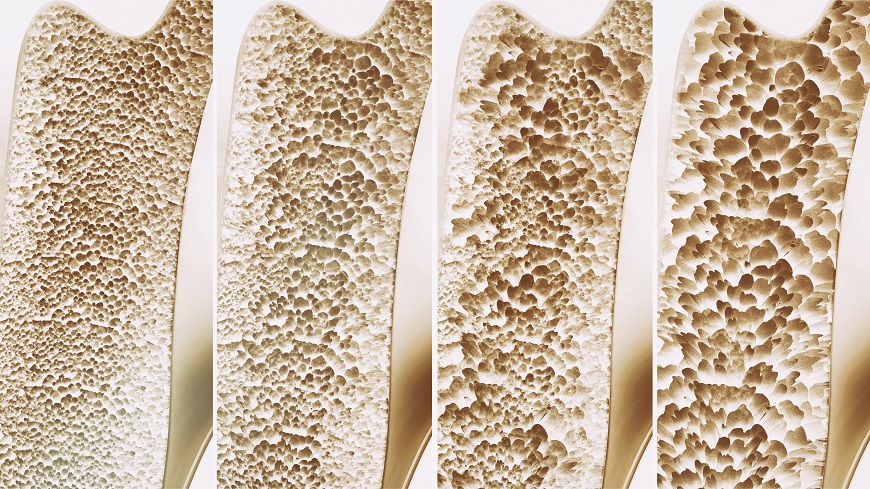
Osteoporosis is a widespread disease. Every third woman and every fifth man are affected by bone loss with advancing age. A frequent consequence of this is a fracture of the femoral neck – a painful injury that massively impairs the quality of life of those affected. Patients must reckon with longterm loss of mobility. Long bed rest and the associated often poor general condition even lead to an increased mortality rate.
The disease causes a loss of bone mass due to an imbalance in the natural remodelling process in the tissue and changes in bone quality. These changes affect the microstructure, density of microcracks and tissue properties.
Bones have an extremely complex structure. If, for example, a thigh bone is sawed open, it can be seen that it consists of a hard outer layer and a porous filling. Under the microscope, cylindrical structures of concentric lamellae are visible inside the hard shell, arranged around central blood vessels. These individual lamellae are only a few thousandths of a millimetre thick and consist of a type of natural fibre composite material: collagen fibres in which mineral particles are embedded, embedded in a protein-containing mineral matrix. The higher the mineralization, the stiffer and more fragile the bone. This hierarchical structure allows the bones to be robust and resistant despite their relatively low density. When bones fracture, it is therefore not sufficient to consider only the density and structure of the bone at the macro level – mechanisms in all scale ranges are responsible for the fracture.
Material analysis for bone
A research group at Empa in Thun led by Jakob Schwiedrzik aims to gain a better understanding of bone failure at the lamella level. "If one only considers bone density, as is usually the case in clinical practice today, the risk of fracture for patients can be predicted relatively well on average. In individual cases, however, the results may differ considerably and the effective fracture risk may be incorrectly assessed," explains Schwiedrzik. "We hope that our research will enable us to make more accurate predictions for each individual patient in the future".
The researchers are using methods that are actually at home in materials research: They subject even the smallest samples of bone material containing only a single lamella to tensile and com-pression tests. They are investigating how the material fails and how the measured properties are related to the underlying microstructure. In microstructure analysis, Raman spectroscopy and transmission electron microscopes are used – highly complex instruments that make it possible to precisely observe structural changes in the test objects.
"At the moment, the production and testing of a single bone sample still requires a great deal of time – especially for tensile tests," explains Schwiedrzik. To do this, samples with a defined geometry must first be produced from the material used using a focused ion beam. In order to be able to analyze more samples in less time in the future and to enable statistical evaluation of the experiments, a large part of the current work consists of automating the sample heart position and developing our own measurement setups.
Personal diagnosis
The question of how the methods developed can be used for clinical studies is exciting. A project is currently underway involving researchers from the Inselspital Bern, the University of Bern, ETH Zurich and Empa. Bone material from patients who have received a hip implant is being investigated. This material will be analysed on several length scales. The aim is to collect data on micromechanical properties, microstructure, cell activity and metabolism and to correlate these with clinical findings and patient data using machine learning. The resulting database will make it possible to quantify the bone quality of a patient and include it in the diagnosis.
The way to scientific independence
How does a young researcher get his own research group? Of course, an exciting research idea is needed – but if it doesn't fit into an existing topic, it can be difficult. The Ambizione Programme of the Swiss National Science Foundation (SNSF) is designed to help young researchers take the first step towards scientific independence and establish their own research group and research area.
The Empa research group led by Jakob Schwiedrzik has also become possible thanks to an Ambizione grant. The research topic combines two fields of knowledge of the young researcher: As a mechanical engineer, he is interested in the development of filigree measuring instruments – bone has been a central topic for him since his diploma and doctoral theses. The grant covers three years of research for Schwiedrzik and one doctoral student.
Dr. Jakob Schwiedrzik
Mechanics of Materials and Nanostructures
Phone +41 58 765 63 52
| Audio |
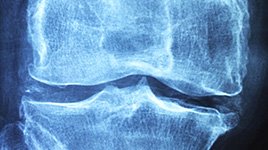
Les chercheurs de l'Empa ont développé une méthode de mieux prévoir et donc de mieux prévenir les fractures liées à l’ostéoporose. Cette maladie change la microstructure, la densité des microfissures et les propriétés des tissus. La science des matériaux offre un remède.
-
Share
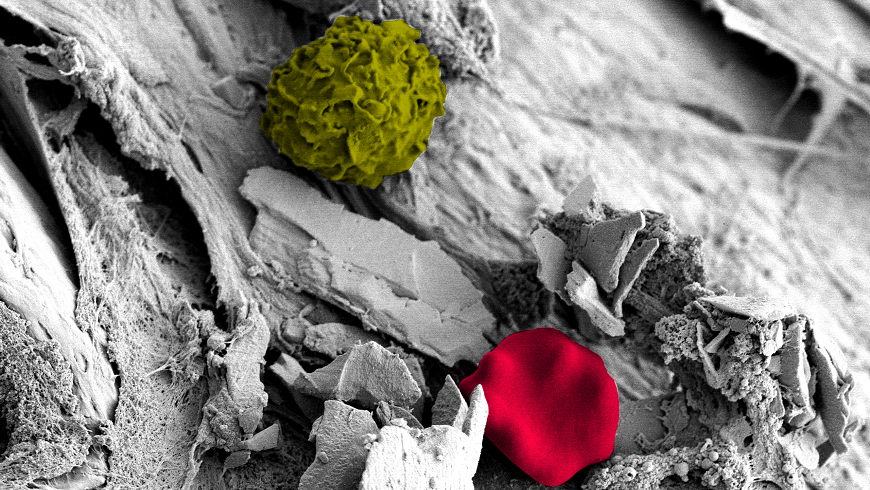
Fight against biofilms
The most successful flat share in the world
Biofilms are enormously resistant accumulations of germs, which can cause serious problems, especially in hospitals. Like a single large creature, they can spread within wounds or colonize implants or biomedical products. With novel materials and surfaces researchers intend to combat the sturdy pathogens. More.
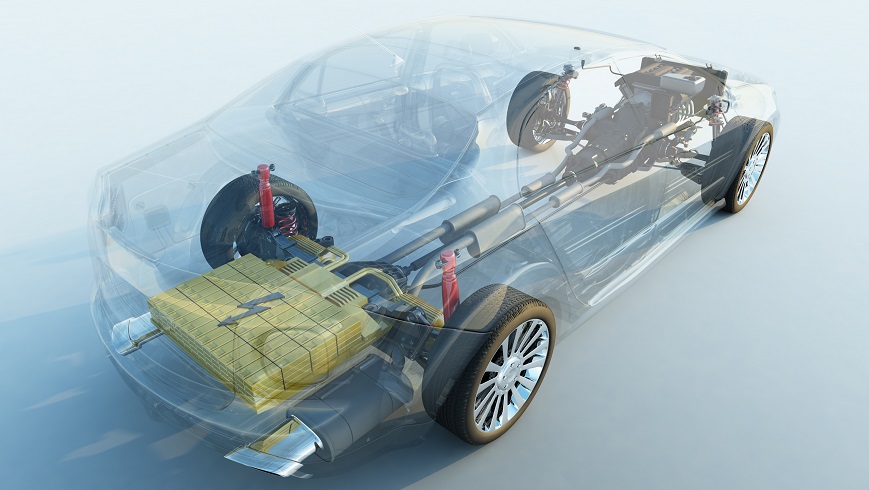
Old electric car batteries
Ready to recycle?
The number of registrations of electric cars is rising sharply. But where to put old batteries? The association of Swiss car importers, "auto-schweiz", is striving for a recycling solution for the entire industry. Empa experts support it. More.
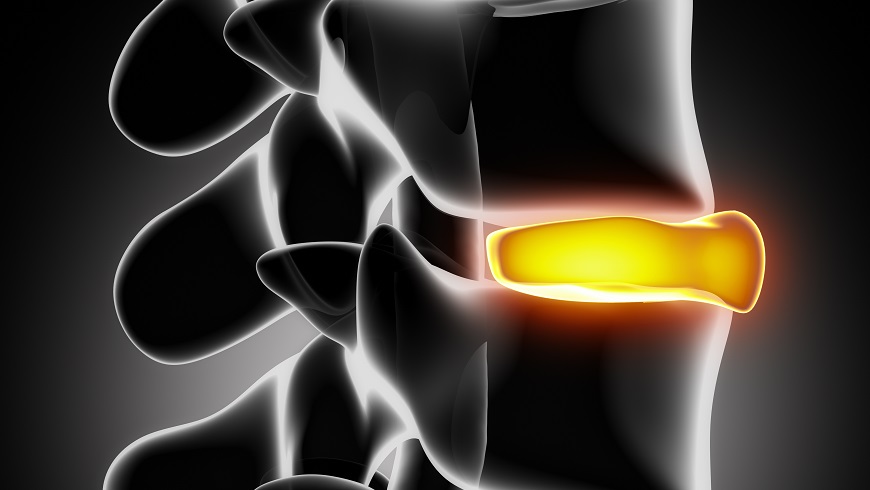
Decision-making made easy
Best treatment for herniated disc
A herniated disc is painful – and the most frequent cause of spinal surgery. But is the selected treatment always the right one? New research results show that the clinical criteria – the comparison of two static images – are often not sufficient to make the best decision for the patient. More.
